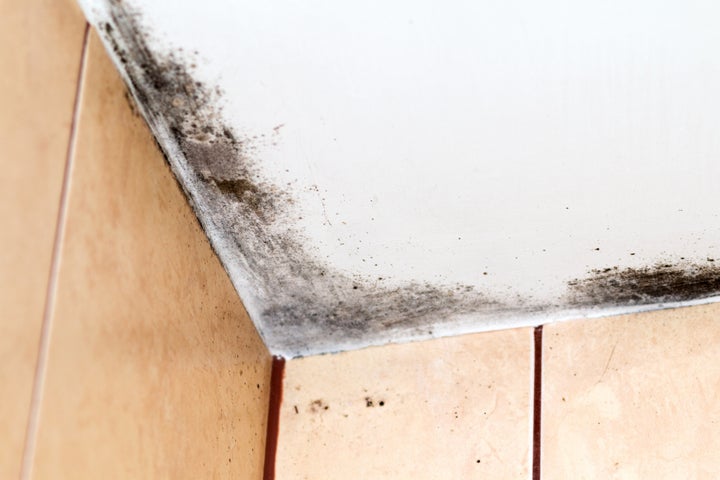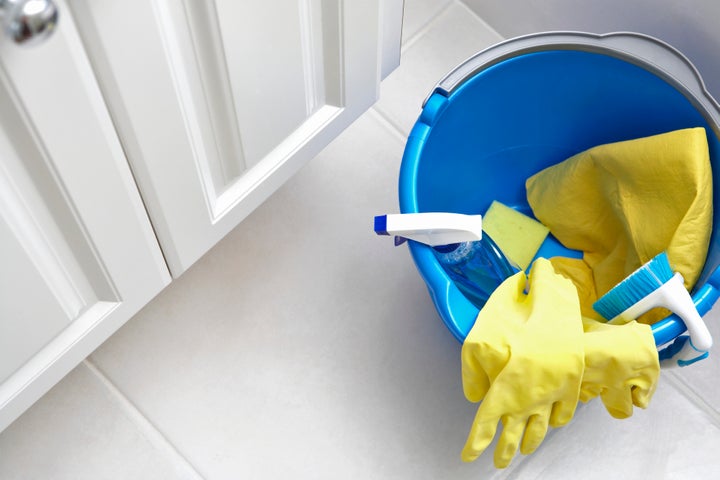We hate to break it to you, but if you don’t think there’s mold in your home, then you’re probably wrong.
Mold is everywhere: It thrives indoors and outdoors all year round, wherever conditions are wet and warm. You may have heard scary stories about”dangerous black Black Mold San Antonio mold” that requires a total home overhaul to eliminate. But we’re here to tell you that while a serious issue, most types of household mold are easier to handle than you think. Consider the facts:
Mold is everywhere, but it might not be making you sick.
There are at leasttens of thousands of varieties of mold, according to the U.S. Centers for Disease Control and Prevention. And chances are its spores are already floating around your San Antonio Mold Inspector house.
But it takes a certain type of mold – and a certain type of person – for those spores to actually make you sick, says Robin Wilson, an interior designer who specializes in hypoallergenic homes.

White, red and orange molds, for example, usually do not irritate humans. But many types of greenish-black molds, specifically Aspergillusand Cladosporium, can cause stuffy noses, itchy eyes, wheezing or skin irritation in kids or adults with allergies, asthma, weakened immune systems and existing respiratory problems. What we call “black mold” is just one type of the many household molds out there, and all of them should be treated with equal concern.No matter what type of mold you http://www.floridahealth.gov/environmental-health/mold/index.html have, it’s never a good idea to leave it lying around.
There’s an easy way to spot mold.

The easiest way to tell if you have mold is sight: Look for small black, green or white spots(mildew) and fuzzy black or green patches (more classic molds). Molds like to hang out in wet spaces like showers, bathmats, around leaky faucets, in basements or under carpets and walls that are wet because of rain, dripping air conditioners or general dampness.You might also smell a musty odor, which can lead you to the source of the mold.
And you can clean it with items you already have on hand.

If your mold is concentrated in a small space – like around a leaky faucet or between bathroom grout – then it’s fairly easy to clean,Wilson says.
She recommends making a cleaning solution with one part bleach to six or eight parts water. Wear gloves and goggles, and keep your workspace well-ventilated. Never, ever mix bleach with any cleaning product that contains ammonia, as the results can be toxic.
Scrub and wipe the mold with the bleach solution, and then repeat the process to make sure you’ve eliminated the source, Wilson says.If your mold covers an area that’s larger than five square feet, she recommends calling in professional help.
You can stop mold before it starts by fixing leaky faucets, looking for drips during rainstorms and increasing ventilation in attics and crawl spaces. With these smart tips, you’ll stay blissfully mold-free.